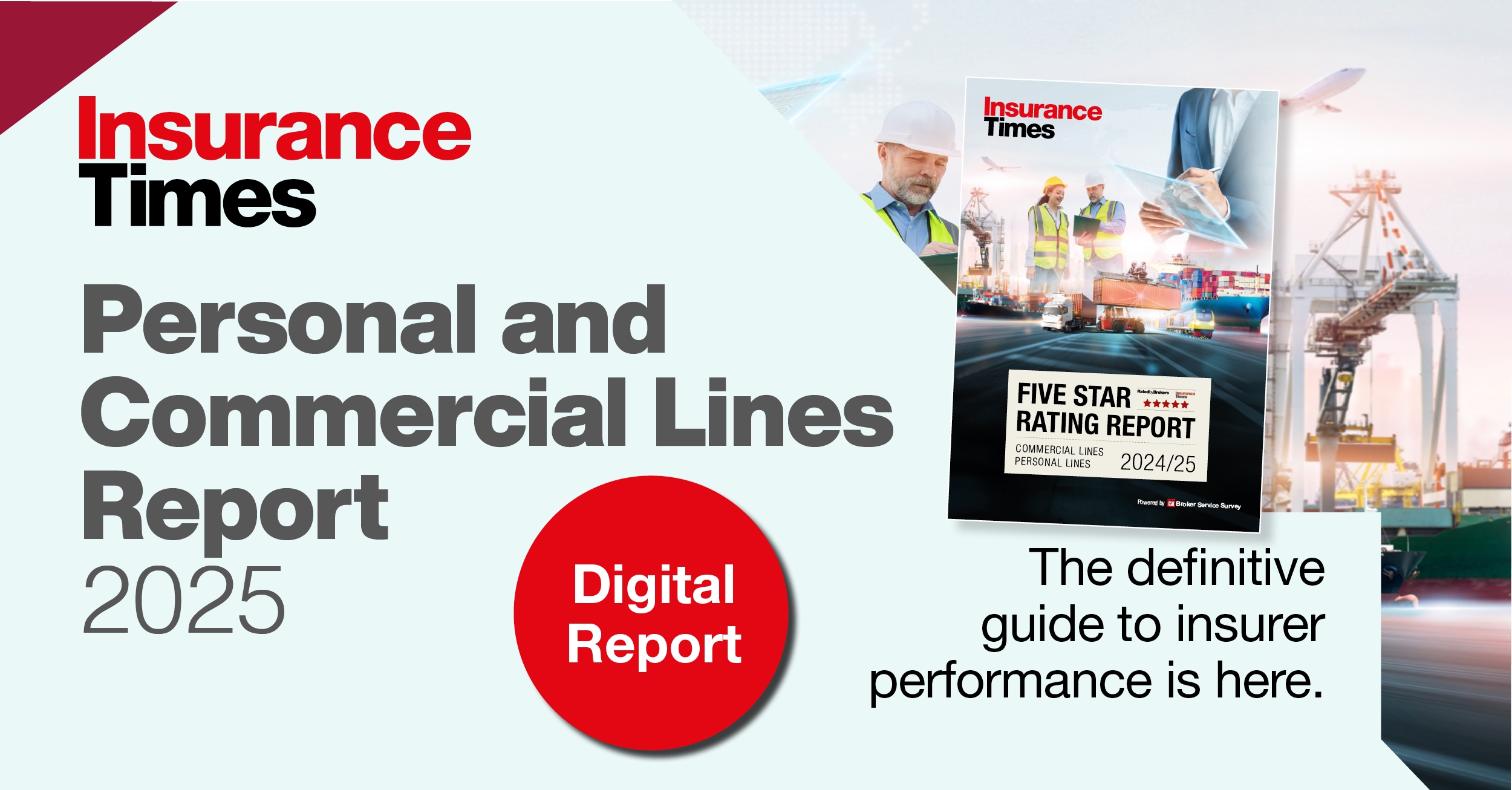With the rise of sophisticated cyber threats infiltrating a myriad of insurance classes, how can cyber insurance adapt to effectively address risks across various lines of business?
James Burns, head of cyber strategy, CFC Underwriting

The role of cyber insurance in other lines of business has been contentious for some years.
It boils down to one key question – do all cyber triggered losses belong on a dedicated cyber policy?
When answering this question, the industry must remember that insurance is about serving customers.
Instead of looking inward, the industry should take a customer-centric approach to determine where these exposures belong.
Cyber attacks are a modern day peril and cyber policies are designed to cover digital assets such as data, systems and electronic funds.
However, as the world has become more technology enabled, physical assets are increasingly exposed to cyber perils.
Consider the technology involved in many vehicles today.
If a cyber attack caused a vehicle to crash, would the driver be expected to have purchased a separate cyber policy for this scenario, or would motor insurance be expected to cover the crash – regardless of the cause? Most certainly, it would be the latter.
To provide customers with products they both need and understand – rather than propositions companies want to deliver – the industry must collaborate across various product lines. This ensures customers aren’t left high and dry.

Rebecca Downing, chief operating officer, By Miles
As autonomous vehicles become more prevalent, the cyber and insurance markets will need to evolve rapidly to address new and emerging threats, adopting a multifaceted approach centred around collaboration.
Insurers and cyber security firms must collaborate with the automotive and technology industries to develop advanced risk models that account for the unique vulnerabilities of autonomous vehicles. This includes, for example, artificial intelligence algorithms and sensor systems.
It will also be crucial to create dynamic policy frameworks that can adapt to these evolving threats, including coverage for software updates and data breaches.
Proactive risk management, such as regular security audits and threat simulations, should be leveraged to mitigate potential losses.
Finally, aligning with regulatory bodies to establish and enforce cyber security standards for autonomous vehicles would ensure that legal frameworks keep pace with technological advancements.
By embracing these strategies, the cyber market can effectively cover the complex risks associated with autonomous vehicles and other emerging technologies.
Most importantly, taking a proactive stance rather than a ’burying head in the sand’ approach will be crucial.
Alex Fisher, head of strategy and development, Optimum Speciality Risks

The cyber market includes some strong insurers, but the industry has often been reactive and less innovative compared to others.
This tendency may be more pronounced in cyber insurance due to the substantial rise in connected technology and smart devices in homes, which have provided cyber criminals with vast opportunities to access sensitive information and funds.
Cyber criminals are adept at deploying inventive tactics and the likelihood of a cyber incident for individuals is alarmingly high.
Even the most tech-savvy individuals can fall victim to cyber crime due to the pervasive role of technology in daily life.
To assist individuals, it is crucial to provide access to knowledgeable support when an incident occurs and to deliver integrated educational, cyber security and insurance assistance.
These products should be included in mainstream offerings, such as home or gadget insurance, to ensure adequate cover for both physical and digital risks.
Lastly, raising awareness is critical. The more that insurers, media and government can do to educate consumers about digital threats, the better protected they will be.

Bharat Raj, head of London markets, Broadstone
Cyber risk continues to increase, driven by technological advancements such as generative artificial intelligence, cloud technology and the Internet of Things.
These innovations not only expose critical supply chains, but also extend cyber threats to other lines of business – including financial services, aviation, shipping and manufacturing.
To keep pace, enhancing cyber risk modelling capabilities is crucial.
The industry’s current models have significant room for improvement. Investing in these models will pay dividends as robust modelling will greatly assist in designing insurance and reinsurance products, providing confidence in the level of risk being assumed.
The ongoing Russia-Ukraine conflict has highlighted the growing role of cyber attacks in warfare.
Although nation state–backed cyber attacks are widely excluded in insurance policies, state sponsorship is less straightforward to determine, especially when cyber criminals succeed in evading detection.
Many analysts report that cyber crime is increasingly seen by certain states as an alternative source of income amid economic sanctions. This underscores the urgency of closely monitoring the evolving global technological landscape to assess risk aggregations and the risk of contagion.
Finally, policyholders and cedants increasingly look to their insurance partners for expertise and advice on mitigating cyber risk. Working collaboratively pays off because it helps drive improvements in claims experience and premium rates.












































No comments yet